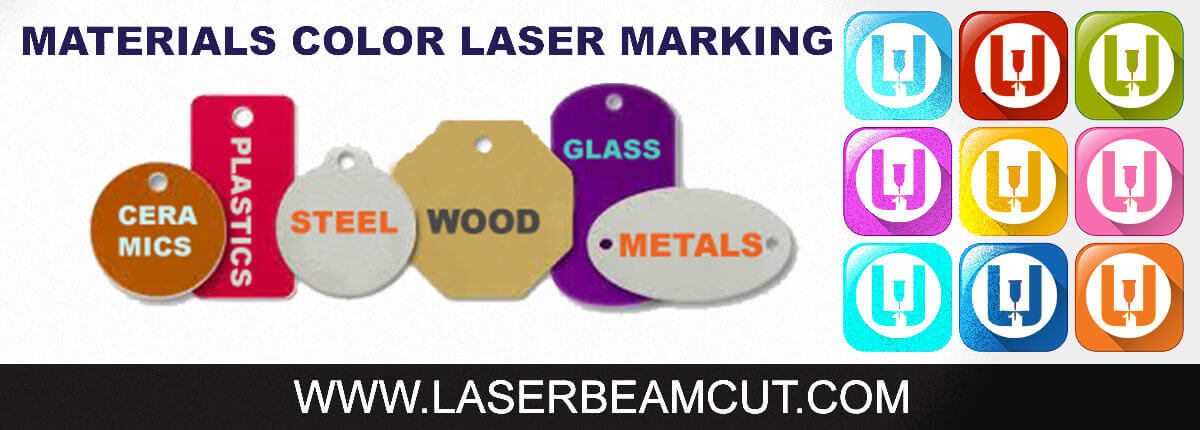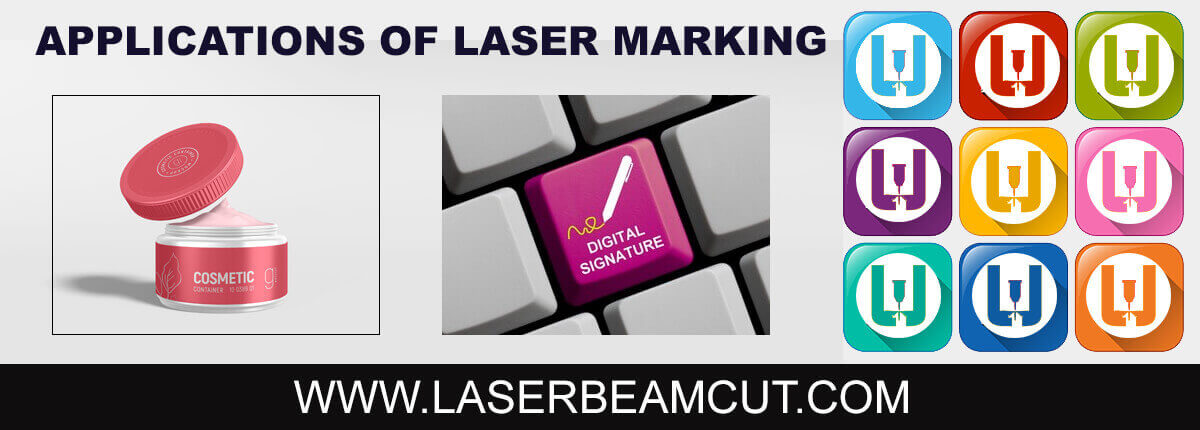There are situations where decorative markings are necessary on material surfaces. There are many options to choose from, and “Color Laser Marking” is one of them.
Traditional lazer markers produces black, white, or gray marks. It is crucial to have an appropriate color-marking design to make designs more visually appealing and stand out.
We will discuss it in this blog, its applications, and its advantages. If you’re interested in learning more, let’s dive in together.
What is Color Laser Marking?
Color laser marking is a process we use to mark material surfaces with a specific color. We use a lazer beam to heat the material and a specialized spray to achieve the desired coloring. This technique allows us to create vibrant and precise markings on various materials.
Comparison with traditional marking methods:
Color laser marking differs from traditional marking methods such as etching or engraving. It uses a lazer beam with colour spray on the material and causes a colour change.
It can create intricate designs and patterns, while traditional methods do not give customization in colour options.
Color laser Marking on Different Materials

Many materials can be color-marked, including metals, plastics, ceramics, etc. It makes it a popular choice for industries applications such as automotive, aerospace, medical, and electronics.
Metals
When it comes to metal markings, colour lazer marker is a great option. The markings created by colour lazer marking on metal are permanent and durable, making them suitable for use in industrial and outdoor environments.
It can mark on
- Steel
- Chromium
- Titanium
- Aluminum
Plastics
We can color mark on plastic materials but using a lazer machine is complicated. Some plastic markings are impossible with lazer machines as these release toxic fumes.
Some of the possible plastics for these machines are
- Gas-filled Plastics
- ABS Plastics
- Polyethene Plastic
Advantages
It has many advantages in labeling materials. A few are listed below.
- It offers precision and accuracy for intricate designs.
- Flexible colour and design options
- Cost-effectiveness
- Environmentally friendly
- Markings are permanent and suitable for industrial and outdoor use.
- High-resolution markings for detailed branding and identification
Applications

It has many applications such as
- Branding and product identification
- Industrial identification and traceability
- Decoration and personalization
- Material coating to save from the environment
Applications in various industries like
- Automotive
- Aerospace
- Medical
- Electronics
- Jewelry and fashion
- Industrial manufacturing
- Military equipment and firearms
- Pharmaceuticals.
Conclusion
Color laser marking is a modern and precise method of marking that offers a high degree of customization in design and can work on a wide range of materials.
It is ideal for commercial applications such as automotive, aerospace, medical, and electronics industries. In the future, this technology will become more versatile and cost-effective.
FAQs (Frequently Asked Questions)
1. What is the main difference between color laser engraving and marking?
Colour laser engraving removes material to create markings, while colour lazer markers changes the colour of the surface without removing material.
2. What does laser marking spray do?
Marker spray enhances the visibility of lazer markings on various materials by adding colour to the mark.
3. What are some industries that commonly use color laser marker technology?
These include
- Automotive
- Aerospace
- Medical

![What is Color Laser Marking Make Designs Attractive [2023]](https://laserbeamcut.com/wp-content/uploads/2023/01/What-is-Color-Laser-Marking-Make-Designs-Attractive-2023.jpg)